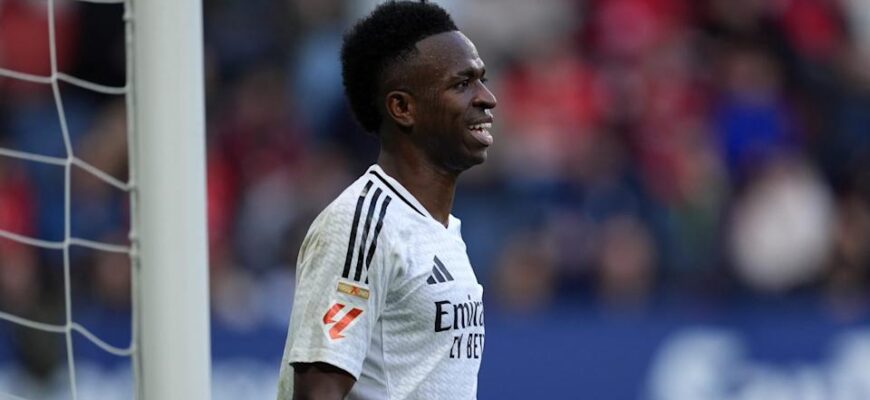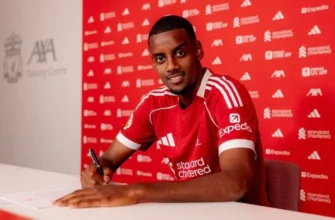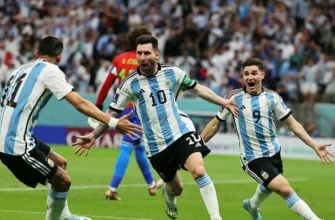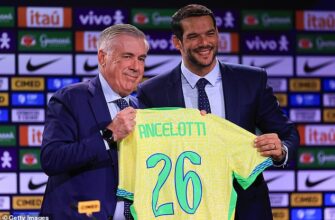Gyokeres was the largest sale of the summer in Portugal, a crucial boost to the league`s finances. (Image: JOSE SENA GOULAO/LUSA)
The intricate dance of football finance often presents a captivating spectacle of dizzying figures, surprising deals, and strategic maneuvers. In this high-stakes arena, Portuguese professional football, encompassing both the Primeira and Segunda Liga, has long been a poster child for fiscal responsibility, consistently concluding transfer windows in a financially sound position. For an impressive 17th consecutive year, the nation`s clubs have collectively posted a positive balance in the notoriously volatile transfer market. This achievement is a testament to their renowned prowess in scouting, nurturing, and strategically offloading talent.
However, beneath the surface of this commendable streak lies a curious and potentially concerning paradox. While a positive balance was indeed secured, the actual net profit generated this past summer was a comparatively modest €20 million. To put this figure into perspective, it represents the lowest profit recorded in recent seasons, a stark departure from the far more substantial gains seen in previous periods. For instance, a prior reporting period ending in 2024 saw a positive balance of €313 million, while 2023 yielded €130 million, and 2022 boasted a staggering €414 million. It appears that while the Portuguese football machine continues its profitable churn, the gears might be grinding a little slower, and perhaps a touch less lucratively.
The Cost of Ambition: Record Investment, Diminished Returns
This notable dip in net gain occurred against a backdrop of record-breaking investment by Portuguese clubs. Driven by an evident ambition to strengthen squads and elevate their competitive standing, the nation`s Sports Societies collectively spent an unprecedented €337 million on new player acquisitions this summer. Yet, their sales, which totaled €356.5 million, barely edged out their expenditures. This financial tightrope walk marks a significant shift from previous reporting periods. In a prior season (e.g., the 2023/24 season), clubs spent €275.6 million but recouped a substantial €589 million from player sales, resulting in a significantly healthier margin. The recent transfer window saw the profit margin shrink dramatically, reducing the overall net gain by a considerable €233.5 million compared to that earlier, more bountiful period. One might even suggest that, for all the record-breaking outlays, the immediate return on investment has become, shall we say, *remarkably constrained*.
A European Standout, Bolstered by Star Power
Despite these shifting dynamics, the Liga Portugal continues to hold its own on the continental stage, securing an impressive 6th place among Europe`s top ten leagues for maintaining a positive transfer balance. This reputation for developing highly marketable players remains largely intact. A prime illustration of this enduring strength is Sporting CP, which clinched the 10th spot worldwide for the largest individual club positive market balance. Their financial success was notably bolstered by one of the most impactful transfers in recent league history: the highly anticipated move of Swedish striker Viktor Gyökeres to Arsenal. Such high-profile, big-money sales are frequently the lifeblood of the Portuguese system, underscoring how pivotal the export of individual top-tier talent is to the league`s overall financial health and sustained profitability.
Beyond the Giants: Smaller Clubs Making Big Moves
It`s important to note that the contribution to the league`s positive balance isn`t solely derived from the traditional powerhouses. Smaller clubs are increasingly making their mark, highlighting the widespread talent identification and development across the nation. Clubs like Casa Pia AC, Gil Vicente FC, and AFS all celebrated their biggest sales ever this summer:
- Casa Pia AC successfully transferred Kluivert for €3.78 million.
- Gil Vicente FC secured a robust €7 million for Félix Correia.
- AFS transferred Mercado for a solid €3 million.
These transfers, while not reaching the stratospheric figures commanded by a player like Gyökeres, are nonetheless critically important for the financial stability and growth of their respective clubs. They provide essential capital for reinvestment, facility improvements, and the continuation of their player development cycles, proving that the talent pipeline in Portugal runs deep.
The Road Ahead: Navigating a New Financial Reality
In conclusion, Portuguese football finds itself at a fascinating and potentially pivotal juncture. The celebrated streak of transfer market profitability continues, a testament to its fundamental business model and enduring ability to produce world-class players. Yet, the alarmingly low profit margin this summer, juxtaposed with record levels of investment, unequivocally signals a significant shift in the financial landscape. Is this an isolated anomaly, a temporary adjustment within a highly dynamic and increasingly competitive global market?
Or does it perhaps foreshadow a more challenging financial reality where the relentless pursuit of competitive advantage demands ever-increasing expenditures, thereby eroding the once-generous profit margins that have characterized the Liga Portugal for nearly two decades?
Only time, and the strategic decisions made during subsequent transfer windows, will definitively tell if this “positive balance” remains a robust badge of financial honor or merely a polite, albeit somewhat anemic, nod to a bygone era of more lavish profits. The ball, as the saying goes, is now firmly in their court, and the world of football finance will be watching closely.









